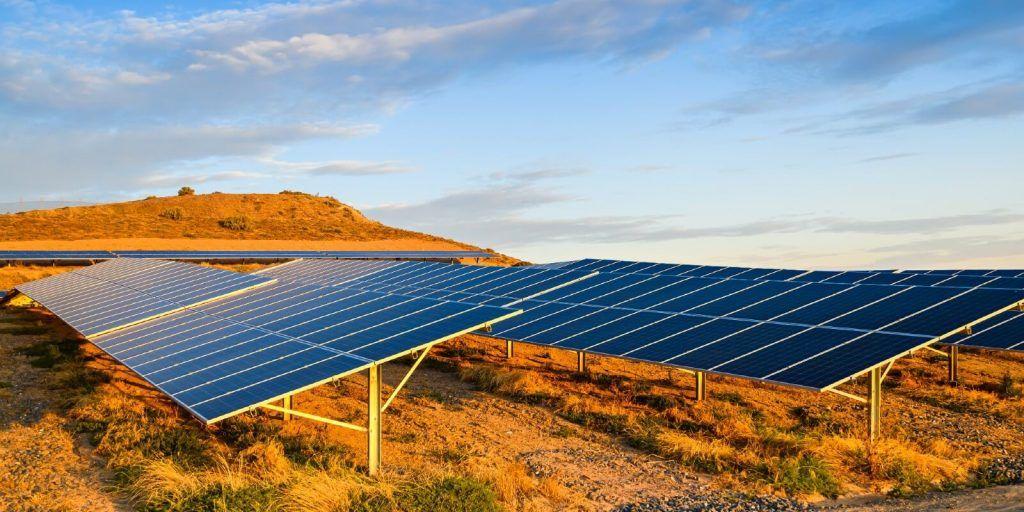The United Nations Conference on Trade and Development (UNCTAD) described the development of solar photovoltaic energy in Mexico and China in a report released Thursday.
In the case of Mexico, to create local demand for solar PV, the government conducted a national auction, through which contracts were awarded to successful bidders, or power purchase agreements that guaranteed the price per unit of electricity generated.
In the Mexican approach, these clean energy auctions are technology neutral, meaning that all clean energy sources compete.
Competition is based on the price bid and is driven by free market cost competition, with no explicit goal of developing a domestic renewable energy industry.
This auction design attracted large foreign developers and vertically integrated renewable energy companies, but provided limited scope for the development of domestic capabilities throughout the value chain.
Solar photovoltaic energy
The 2008 financial crisis dealt a severe blow to China’s overseas PV exports.
In the aftermath, the state sought to transform the local demand and supply of its PV sector.
With the support of national policies, the PV industry promoted cooperation across the value chain and intensified technological innovation.
In 2013, two leading enterprises agreed to purchase each other’s products. Yingli agreed to purchase silicon materials and wafers from GCL-Poly Energy, while GCL-Poly Energy purchased components and modules from Yingli to build solar PV stations.
Then, five state-owned enterprises collaborated on investment attraction, project management, integrated construction, R&D, training, hardware maintenance and standard setting.
With the support of the Central Bank, the industry association gained collective global advantages along the entire value chain.
Electricity
In the Talatan area of Gonghe County in northwest China, thanks to the Large-Scale Solar PV Power Plant Concession Program, flocks of sheep scamper through the blue «forest» of solar PV panels and graze in the meadow below.
The solar panels not only collect sunlight, but also contribute water to the underlying soil through monthly flushing, producing quality fodder for livestock.
Meanwhile, Qiejuntai, a villager in Gonghe County, now makes a living from both the solar industry and livestock farming, earning an income of more than 10,000 euros a year.
According to China Global Television Network, by the end of 2020, 100,000 villages across China had installed PV power plants, generating 18.65 million KW of electricity and bringing an annual income of about €27,000 to each village.
![]()

